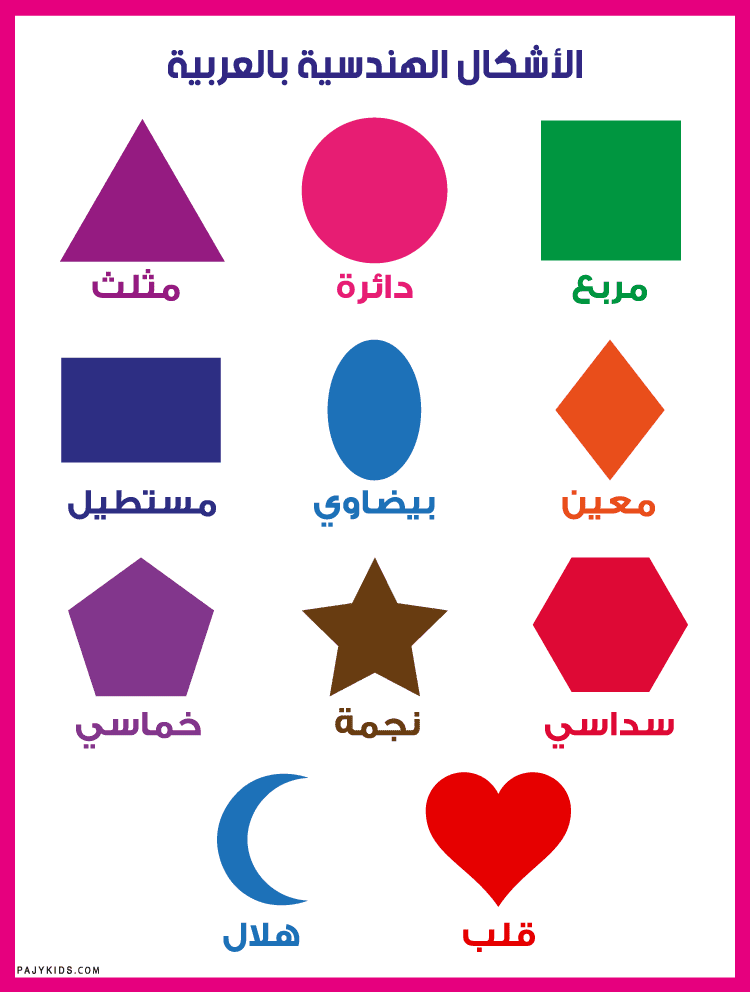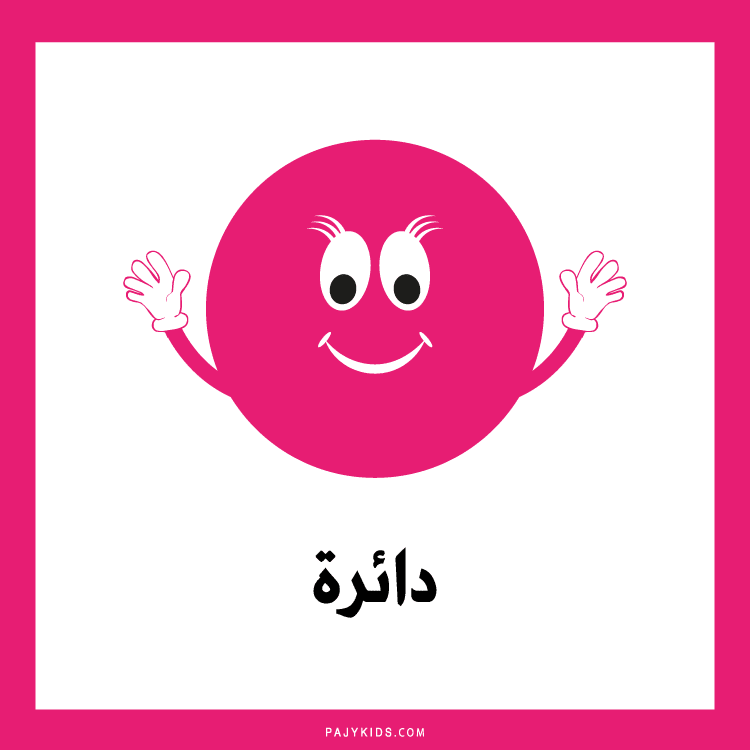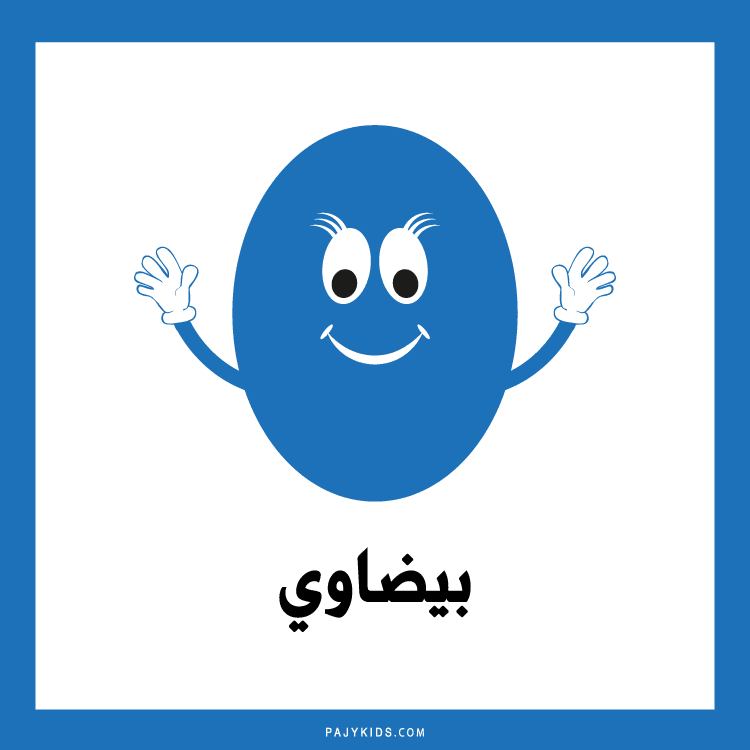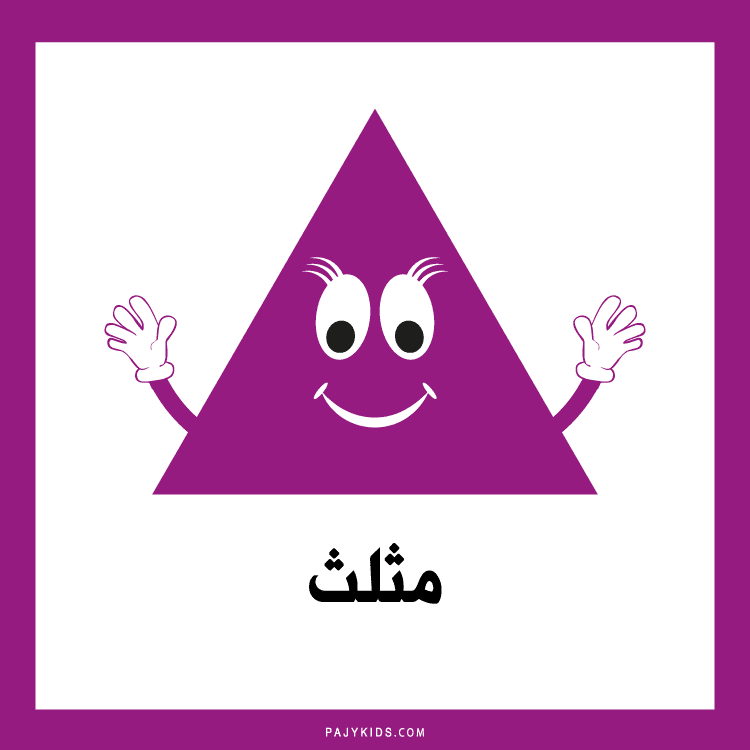Shapes in Arabic Language: The foundational years of education, particularly kindergarten, are crucial for developing basic cognitive skills. Among these skills is spatial reasoning and the recognition of fundamental geometric forms. Introducing these concepts through engaging and age-appropriate tools can significantly enhance a child’s learning experience. Geometric shapes learning cards are a highly effective, tactile, and visual resource for young learners.
Visualizing and Identifying Basic Shapes in Arabic Language
Geometric shapes learning cards provide kindergarteners with clear, isolated visual representations of fundamental forms like circles, squares, triangles, and rectangles. This focused presentation aids in visual identification without distractions. Each card should feature the shape, its corresponding English name, and crucially, its name in Arabic, such as مربع (square) or دائرة (circle). Repetitive exposure to these visually distinct cards helps children build a strong mental library of shapes. This multisensory approach, combining sight and language, solidifies the child’s understanding of each basic shapes in Arabic language and English, preparing them for more complex geometry later on.

Developing Early Vocabulary and Biliteracy
Integrating the names of shapes in Arabic language (أشكال هندسية) directly onto the learning cards fosters early biliteracy. For native Arabic speakers, it strengthens their mother tongue vocabulary in a relevant mathematical context. For non-native speakers, it offers a gentle, contextual introduction to new words like مثلث (triangle) or مستطيل (rectangle). This simultaneous learning of concepts and vocabulary makes the flashcards a dual-purpose tool, supporting language acquisition alongside mathematical concepts. By seeing and saying the name of the shapes in Arabic language, children build essential connections between the visual form and the linguistic label.

Enhancing Memory Retention Through Repetition and Games
The flashcard format is ideal for educational games and structured repetition, both of which are critical for memory retention in young children. Kindergarten teachers and parents can utilize the cards for matching games, sorting activities, or quick recognition drills. Asking a child to quickly identify the shape in Arabic language or English on a randomly selected card turns learning into an interactive game. For instance, a game could involve saying “Find the نجمة (star),” prompting them to select the correct shape card. This active recall process, repeatedly associating the image with the name of the shapes in Arabic language, dramatically improves long-term memory.

Bridging Abstract Concepts to the Real World
To prevent geometry from becoming a purely abstract subject, the learning cards should ideally depict both the flat, pure geometric form and real-world examples of that Shapes in Arabic Language. A circle card, for example, could also show a picture of a coin or a ball, labeled as دائرة. This contextualization is vital for kindergarteners, who learn best when they can connect new information to their lived experiences. By pointing out how a window is a مربع (square) or a pizza slice is a مثلث (triangle), the flashcards transform the learning of the Shapes in Arabic Language from a theoretical exercise into an observable, practical skill.
Arabic Numbers 1 10: Learn to Count with Engaging Visuals
